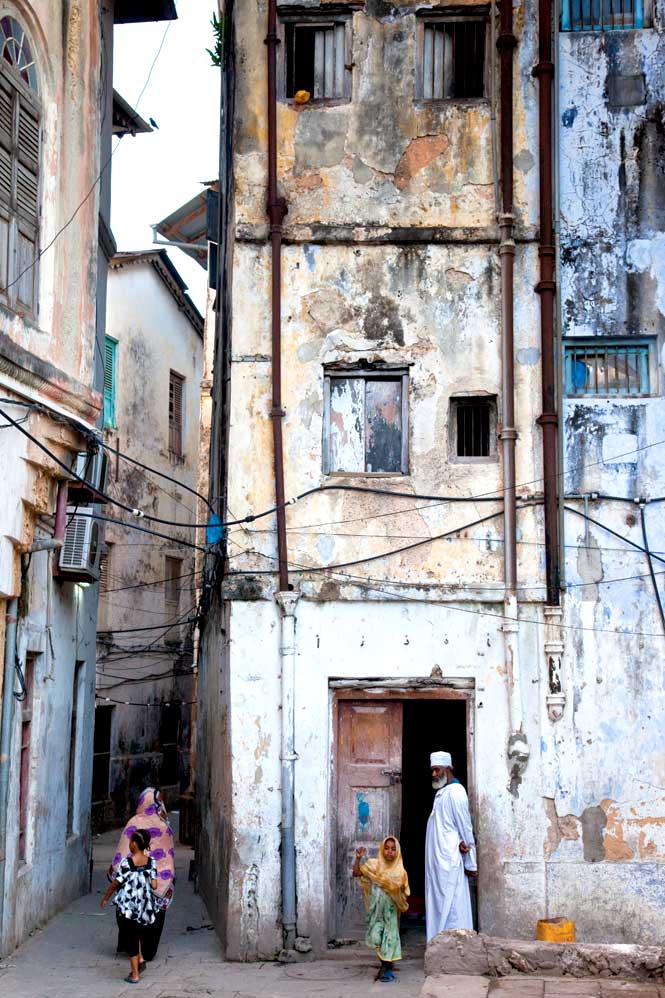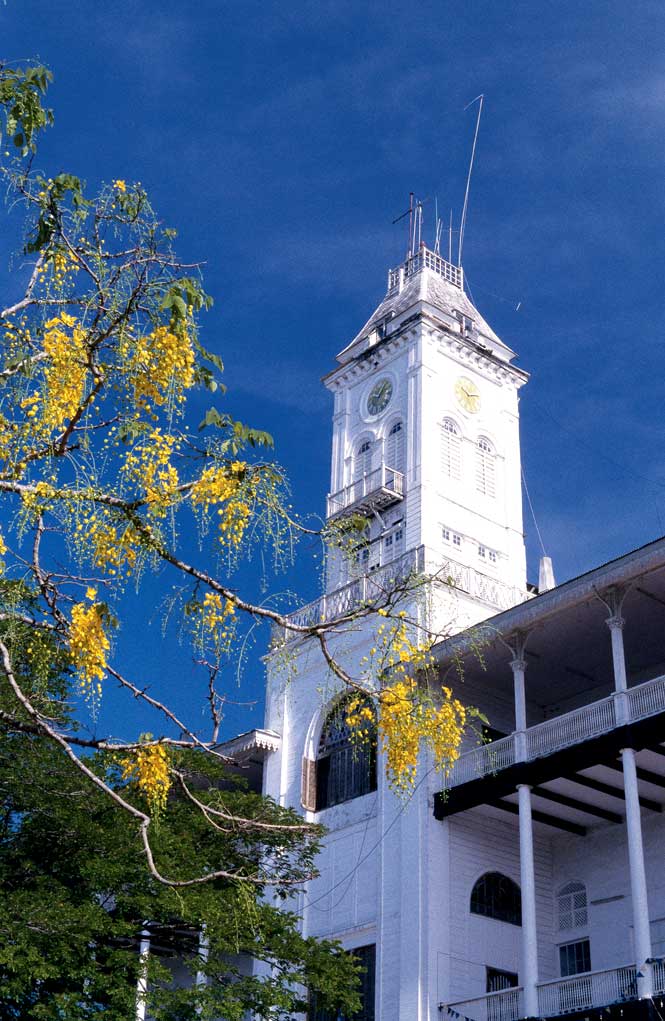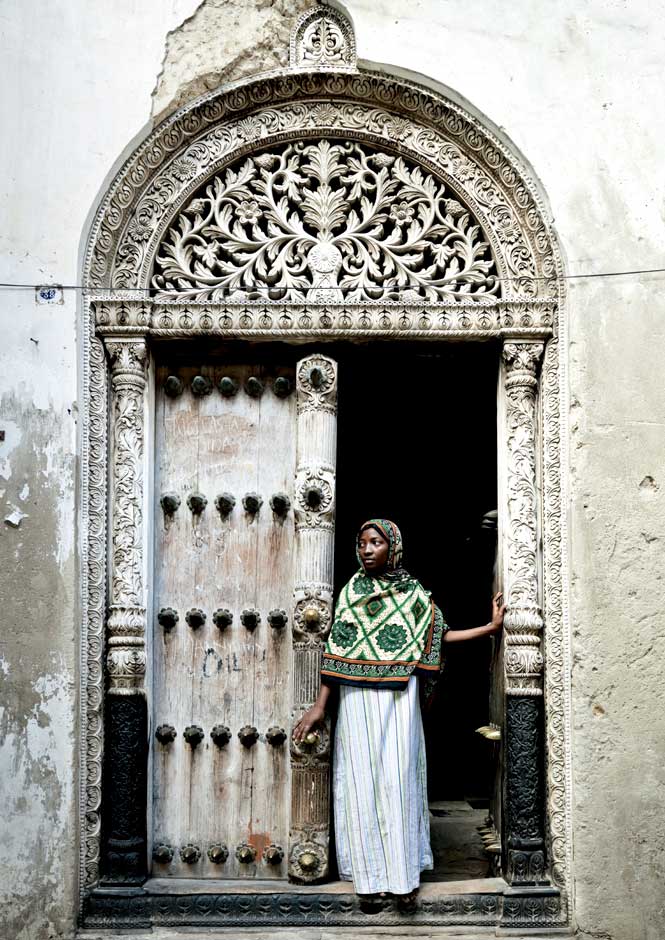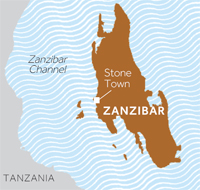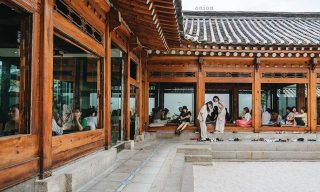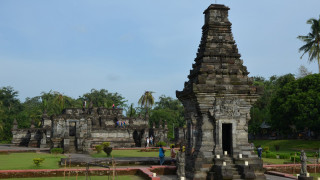One of the oldest cities in East Africa, the onetime slave port of Stone Town beguiles with its exotic blend of cultures and historical landmarks
By Lee Yu Kit
It is easier to let yourself get lost in the labyrinthine streets of Stone Town than it is to resist their allure. On my first visit to this World Heritage Site on Unguja, the main island of Zanzibar, the dismaying similarity of every street fed my apprehensions about exploring the urban maze. Alleyways radiated in every direction, and buildings pushed in on all sides like canyon walls, obscuring all points of bearing except for the narrow slits of piercing blue sky above. Yet every blind turn and corner held some new intrigue that drew me deeper: a woman peddling an exotic assortment of spices; a quiet lane lined with ornately carved wooden doors; a smart café plying aromatic teas and coffees.
I paused to ask a resident how he was this morning: “Habariyaasubuhi?”
“Dzury!” he replied in Swahili—“Good!”—adding in flawless English, “Where are you from?”
At first it was a surprise to hear English, but then, this historic town has long been about the intermingling of peoples and cultures. Ever since its humble beginning as a cluster of fishing huts, the Zanzibari capital has seen a constant wash of influences carried by the easterly Indian Ocean winds. Portuguese settlers, Arab and Indian traders, Persian merchants, German colonists, British empire-builders, even Indonesians from far across the seas—they all came to this cluster of islands off the Tanzanian coast, and they all left their mark. And the cross-pollination continues today. On my visit, I encountered sari-clad Indians, longtime European residents, Muslim women in black burkas, Africans with florid, flowing robes, and plenty of camera-toting tourists from all corners of the world.


